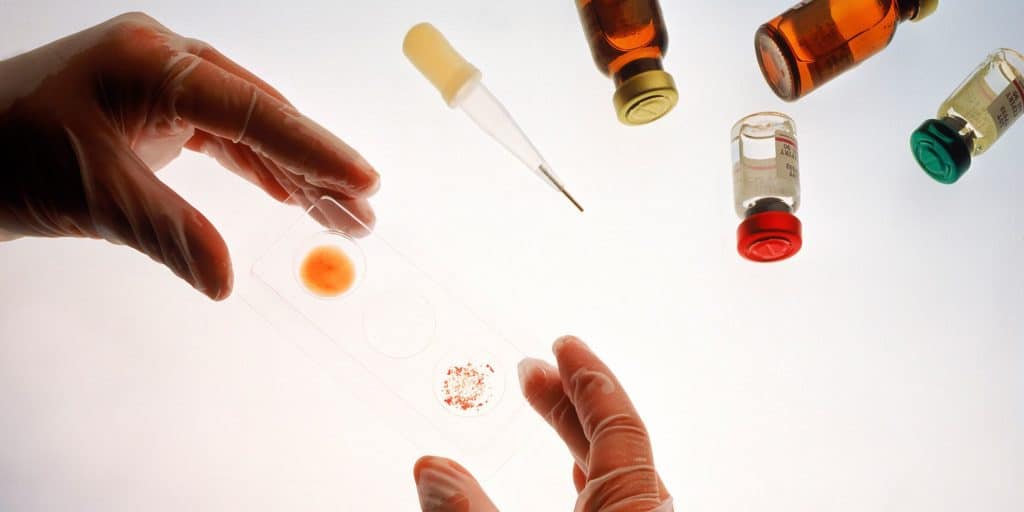STD stands for sexually transmitted disease. Any disease spread through sexual contact is a sexually transmitted disease. People transfer STDs from one partner to another via oral, vaginal, or anal sex. Because they spread through close contact, STDs are some of the most problematic infections to catch. They are increasingly common because the majority of people are unaware of how to prevent, treat, and avoid sexually transmitted diseases. It’s important to know that not all conditions that afflict the genitals are considered STDs, and some are just sexually associated.
Interestingly, most sexually transmitted diseases do not have any apparent symptoms. That’s why regular STD testing is essential. There is a wide variety of STDs, including bacterial, fungal, viral, and parasitic infections. In addition to being transmitted via sexual intercourse, some STDs spread through breastfeeding, childbirth, and blood. While abstinence is the best way to prevent the spread of STDs, it’s unrealistic for most people to stick to it. Using condoms, getting tested regularly, and having a small number of sexual partners helps decrease the risk of contracting a sexually transmitted disease. Please keep reading to learn more about the most common STDs and how to treat them.

30. Human Papillomavirus (HPV)
The most common sexually transmitted disease is the Human Papilloma Virus (HPV). In fact, researchers have identified more than 170 different types of HPV. They designate them via numbers. Over 40 HPV types are transmitted sexually. Studies show that about three-quarters of sexually active people have had a form of HPV in their lives, and one-quarter of women have the infection. Most of the time, HPV infections present no symptoms and resolve themselves. Sometimes a virus will persist and cause precancerous lesions, which increase the risk of developing cancer in the mouth, throat, cervix, vagina, vulva, penis, or anus. Two types of HPV, 16 and 18, cause 70% of all cervical cancer cases. Each year, more than 30,000 cancer cases caused by HPV occur in the United States.
Nevertheless, the main risks for transmitting HPV include smoking, multiple partners, early age of first sexual encounter, and a weak immune system. Direct skin-to-skin contact is the primary method for HPV transmission. Contrary to what many think, people cannot transmit STDs via toilet seats or other everyday items. The human body clears nearly 90% of HPV infections within two years of infection, but there is a small chance of becoming dormant. Even if the disease is latent, it’s still transmissible through sexual contact. An individual has a 70% chance of becoming infected if they choose to have unprotected sex with an infected partner. HPV vaccines are the best way to prevent the most common strains of the infection. Doctors recommend that HPV vaccine shots before the onset of sexual activity. Between the ages of 9 and thirteen are recommended for the vaccines to be most effective.
